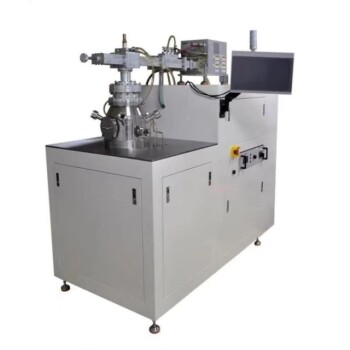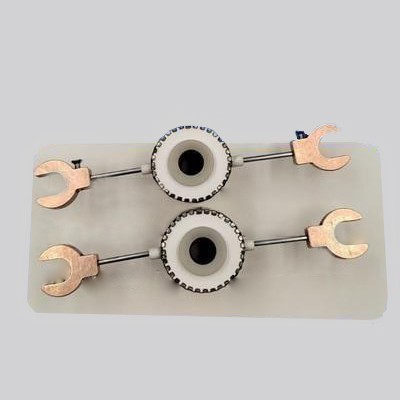
Thin Film Deposition Parts
Aluminized Ceramic Evaporation Boat for Thin Film Deposition
Item Number : KME-DL
Price varies based on specs and customizations
- Material
- Ceramics
- Capacity
- 1ml / 3ml / 5ml
Shipping:
Contact us to get shipping details Enjoy On-time Dispatch Guarantee.
Why Choose Us
Reliable PartnerEasy ordering process, quality products, and dedicated support for your business success.
Application
The inside of the evaporation boat is coated with a layer of aluminum or other metals with excellent heat resistance and chemical resistance to enhance its thermal performance and promote efficient evaporation. Aluminized coatings on ceramic boats serve a variety of purposes. First, it acts as a reflective surface, improving thermal efficiency by reflecting heat back to the material being evaporated. This helps to optimize the deposition process and reduce energy consumption. Ceramic evaporation boats have special electrical and thermal properties, and are ideal materials for vacuum aluminum plating that meet stringent requirements.
- Conductive ceramic material.
- Cathode coating materials for aluminum electrolytic cells.
- PTC heating ceramic material and flexible PTC material.
- In short, containers for various thin film deposition processes, especially vacuum evaporation systems. Commonly used in semiconductor manufacturing, optics, electronics, surface coating and other industries.
Detail & Parts
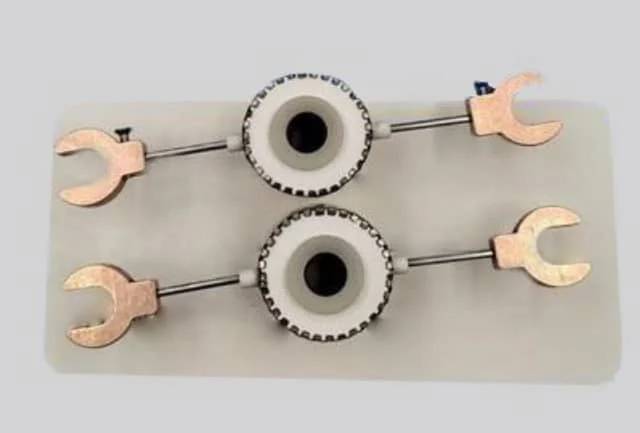
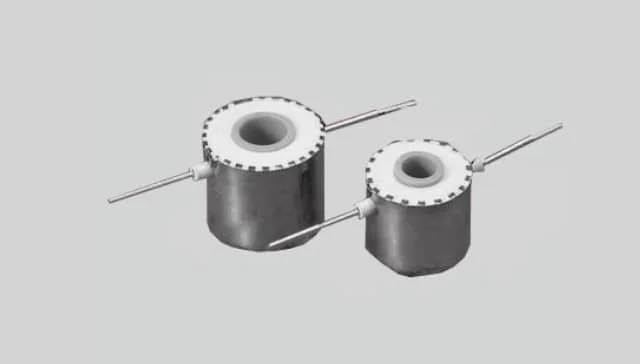


The crucibles we show are available in different sizes and custom sizes are available on request.
Advantage
- Good chemical stability
- Excellent thermal shock resistance and bending resistance
- Molten aluminum spreads easily and evenly.
- Uniform evaporation, fast heating speed, high evaporation efficiency
- Good resistance to corrosion from molten aluminum or any other molten metal prolongs the life of the boat.
FAQ
Characteristics Of Aluminized Ceramic Evaporation Boats.
4.8
out of
5
I was impressed with the fast delivery of my order. The evaporation boats arrived in perfect condition and were exactly as described.
4.7
out of
5
The aluminized ceramic evaporation boats are a great value for the money. They are well-made and have held up well under heavy use.
4.9
out of
5
The quality of the evaporation boats is top-notch. They are made from high-quality materials and are very durable.
4.6
out of
5
I have been using these evaporation boats for several months now and they have shown no signs of wear or tear. They are a great investment.
4.8
out of
5
The technological advancements in these evaporation boats are impressive. They are very efficient and have helped me to improve the quality of my work.
4.7
out of
5
I am very satisfied with these evaporation boats. They are a great addition to my lab and have helped me to streamline my work.
4.9
out of
5
These evaporation boats are a game-changer. They have made my work so much easier and more efficient.
4.6
out of
5
I would highly recommend these evaporation boats to anyone who is looking for a high-quality and durable product.
REQUEST A QUOTE
Our professional team will reply to you within one business day. Please feel free to contact us!
Related Products

Molybdenum Tungsten Tantalum Evaporation Boat for High Temperature Applications
Evaporation boat sources are used in thermal evaporation systems and are suitable for depositing various metals, alloys and materials. Evaporation boat sources are available in different thicknesses of tungsten, tantalum and molybdenum to ensure compatibility with a variety of power sources. As a container, it is used for vacuum evaporation of materials. They can be used for thin film deposition of various materials, or designed to be compatible with techniques such as electron beam fabrication.
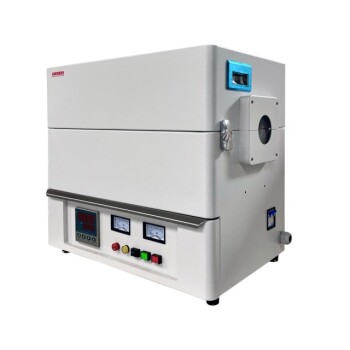
1200℃ Split Tube Furnace with Quartz Tube Laboratory Tubular Furnace
KT-TF12 split tube furnace: high-purity insulation, embedded heating wire coils, and max. 1200C. Widely used for new materials and chemical vapour deposition.
Related Articles

A Comparative Study of Evaporation and Sputtering Techniques in Thin Film Deposition
The two most common techniques used for thin film deposition are evaporation and sputtering.

A Comprehensive Guide to Vacuum Coating: Enhancing Performance and Aesthetics
Discover the world of vacuum coating, a process that creates protective and aesthetic layers on metal and plastic surfaces. Explore its types, uses, and benefits, including enhanced performance, extended lifespan, and improved aesthetics.

Understanding Evaporation Boats in Vacuum Coating
An in-depth look at evaporation boats, their materials, arrangement, temperature control, and corrosion issues in vacuum coating processes.

Graphite Boats in PECVD for Cell Coating
Exploring the use of graphite boats in PECVD for efficient cell coating.

Types of Evaporation Sources for Evaporative Coating
Explore different evaporation sources used in thin film deposition, including filaments, crucibles, and evaporation boats.

Rotary Evaporator and Its Application in Traditional Chinese Medicine Refinement
Explores the use of rotary evaporators in the concentration and refinement of traditional Chinese medicine extracts, detailing equipment selection, operation principles, and safety considerations.
